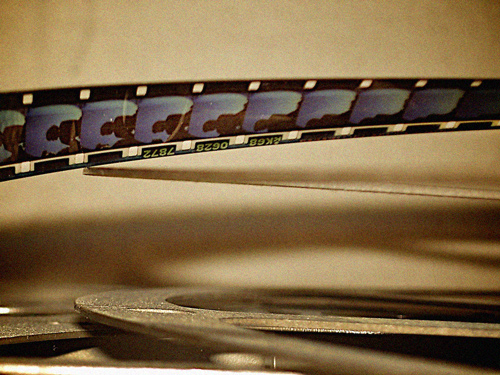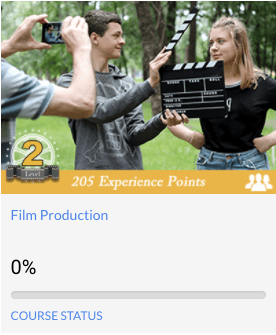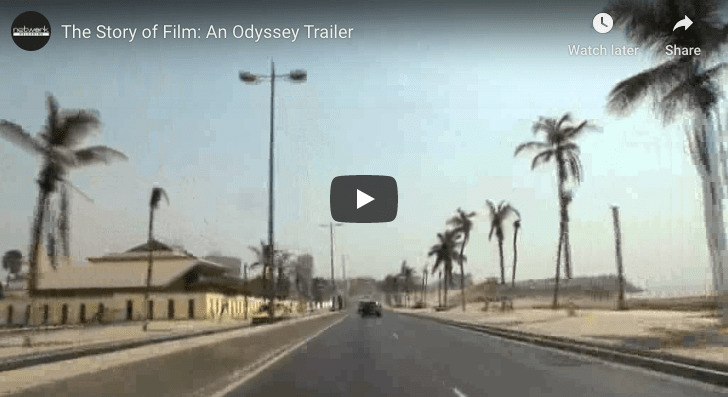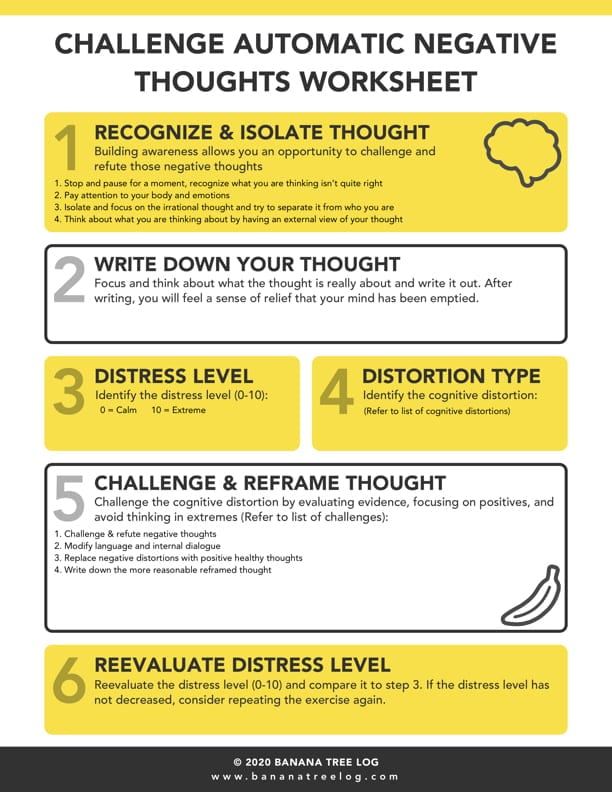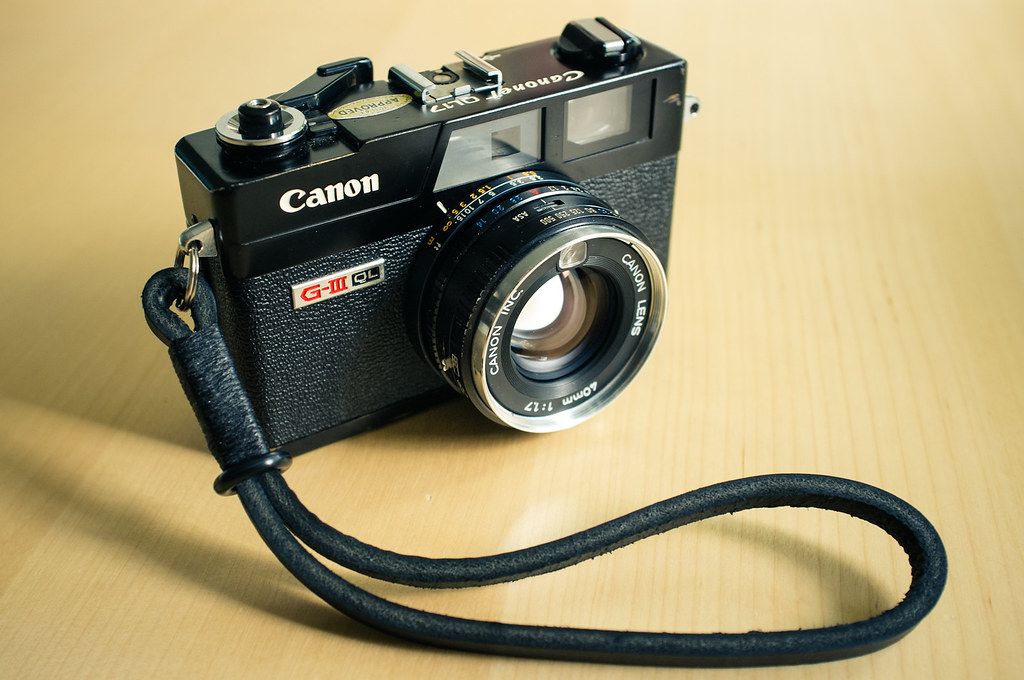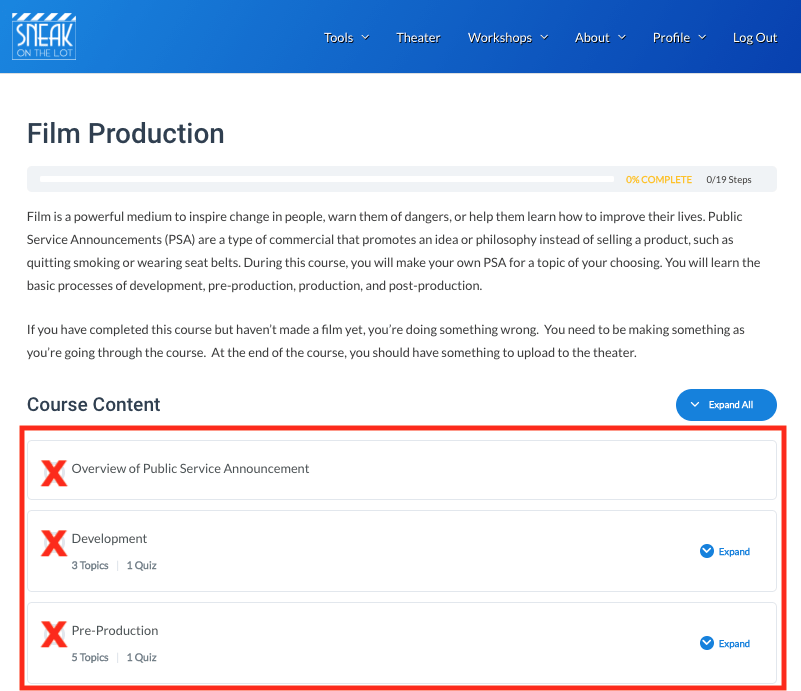| TOPIC | YOUR NOTES |
1. Who is the protagonist?
| The protagonist is a woman named June, though after the settlement of the new religion/government mixed regime, she was known as Offred, a handmaiden charged with bearing the wives of important male figures. |
2. Who is the antagonist?
| The antagonist is not a single person, but rather the development of a tragic, outrageous society/environment, which has reshaped the world that June (and the United States) previously knew.
Additionally, within the first two episodes, you can find single antagonists in the commander’s wife and the commander’s driver (who June suspects to be an ‘Eye’). |
3. What is the conflict?
| June is forced to survive in a hostile environment under difficult circumstances, because she hopes to eventually find her stolen daughter.
Additionally, there is mounting, dangerous tension forming between June and the Commander, who has begun to initiate a strange, forbidden relationship with June. This will inevitably lead to some greater conflict. |
4. What is the theme or central, unifying concept? (summarize in one or two words)
| Something that is clearly highlighted in the film is how, in this scenario, the union of state and religion has gone so terribly wrong – so there may be a theme in that.
But the theme could also go something like-
Drastic change invokes drastic circumstance. |
5. How is the story told (linear, with flashbacks, flash-forwards, at regular intervals)?
| The story is told using a progressing storyline with flashbacks inserted here and there. |
| 6. What “happens” in the plot (Brief description)? | After a plague cuts fertility of women down to 1/5, the church somehow manages to gain control of the government, and the United States transitions into a horrifying dystopia, where few are accepted, many are killed, and the remaining fertile women are tasked with bearing children for “the Leaders of the Faithful. |
7. How does the film influence particular reactions on the part of viewers (sound, editing,
characterization, camera movement, etc.)?Why does the film encourage such
reactions? | No ounce of violence, mystery, or terror is left unused in this film.
Shadows, lighting, dramatic soundtracks, disturbing close-ups and tilts, all add to the already uneasy tone of the film.
This is done to encourage the building tension of course, and to continuously develop the mood – one of unwavering creepiness. |
| 8. Is the setting realistic or stylized?What atmosphere does the setting suggest?Do particular objects or settings serve symbolic functions? | The setting is realistic, while the premise is less so. The movie takes place in a natural North America (US) and only stands out when the watcher imagines how the setting would have looked pre-film/dystopia. |
9. How are the characters costumed and made-up?What does their clothing or makeup reveal about their social standing, ethnicity, nationality, gender, or age?How do
costume and makeup convey character? | The characters in accepted society all dress quite conservatively – the women in long dresses, the men in suits and work-clothes. It is easy to tell apart the classes of women however – the handmaidens dress in red robes and strange white hat/eye-covers, the Marthas (housekeepers, servants) dress in muted colors, and the wives of the Leaders of the Faithful dress in high-quality skirts, blouses, and dresses.
|
| 10. How does the lighting design shape our perception of character, space, or mood? | The lighting of these two episodes does well to add to the air of dystopia. When outside, the handmaidens’ faces are cast with shadows, while their environment, in comparison, seems glowing with uneasy, bright, white/yellow light.
The lighting does effect the mood of the scene, certainly, and it is characterized by drastic change and |
| 11. How do camera angles and camera movements shape our view of characters or spaces?What do you see cinematically? | The episodes are filled with dramatic, clear, defined close-ups. They sometimes occur when June begins narrating, and other times to add various elements: suspense, fear, joy, etc. These close-ups are so clarified it’s almost unsettling. |
12. What is the music’s purpose in the film?How does it direct our attention within the
image?How does it shape our interpretation of the image?What stands out about the music? | The music in the episodes is recurring and resembles a strange, slow opera song with long drawn out tones. I wouldn’t say the music specifically evoked emotion from the watchers, only that it did an okay job of complimenting the paired scenes. |
| 13. How might industrial, social, and economic factors have influenced the film?Describe how this film influences or connects to a culture? | I think that the film definitely drew upon past horrors to help create its modern dystopia – things such as homophobia, sexism, and the roles of women long ago that were seen as “traditional.”
Of course the show is fictional, but I believe the directors and screenwriters were playing on drastic fears of people today, shaping a future using the worst elements of the past. |
14. Give an example of what a film critic had to say about this filmUse credible sources and cite sourcesExample: “The Shawshank Redemption Movie Review (1994) | Roger Ebert.” All
Content. N.p., n.d. Web. 24 June 2015. | The Handmaid’s tale Movie Review (2017) by Liz Shannon Miller.
“The Handmaid’s Tale is a haunting confluence of tenses. It’s also one of the best shows of the year so far, at times hard to watch but impossible to ignore.”
(Review taken from https://www.rottentomatoes.com/tv/the_handmaid_s_tale/s01) |
| 15. Select one scene no longer than 5 minutes that represents well the whole film and shows relevant cinematic elements.Write a one-sentence description of the scene and record the time of the scene. Example, from 1:05:00 to 1:10:00.Explain why you chose this scene. | Episode 1: From minute 47, second 25, to minute 51, second 10:
This clip best represents the theme, or tone of the episodes/ the show.
A variety of close-ups and normal shots depict the handmaidens brutally beating up a criminal charged with rape. June joins in, and appears to lose herself in the violence. Afterwards, she wakes up from her strange trance and realizes, with disturbance, that she is becoming a part of the system. Towards the end of the clip, June’s companion Ofglen reveals that she is not so pious as June had thought and June admits that she had previously felt distrust towards Ofglen. Then the statement is made by Ofglen: “They do that really well. Make us distrust each other.”
|
| 16. In the selected scene: write a sentence for each of the elements below to justify why this scene best represents the film: | |
| a. Screenwriting: | This clip – following the storytelling design – contains a flashback – removing the audience from the present, and taking us back to pre-dystopia, where things were better but worsening. |
| b. Sound Design: | The sound design in this clip best represents the show because of its recurrence throughout the episodes. In the beginning of the clip, we hear a high pitched frequency (initiated by the sharp blowing of a whistle) ringing in the air as June realizes what a terrible thing she’s succumbed to. While the sound of the frequency exists, all other noise fades, until we are brought back to every sound and voice and character – a concept/strategy used constantly throughout the episodes (removing all but one element of the film, and allowing for a disturbing simplicity, and then bringing everything back). |
| c. Camera Movements/Angles: | I discussed closeups and their commonality previously, and this clip does well to demonstrate the magnitude with which close-ups are used. More than half of the clip is filmed using some form of close-up. |
| d. Light Setup: | In the lighting you see a stark comparison between the present and the flashback. The present, though characterized by its disturbing happenings, is mostly bright – not pale, more contrastingly white – while the flashback is riddled with shadows, physically adding a foreshadowing element while the actors’ words do so as well. |
| e. Soundtrack/Score: | Like the rest of the film, in this clip a soundtrack/score is not constantly present – only briefly in the beginning do you hear a distinct sound (the frequency/whistle), and other than background noises, the clip/film are not deeply influenced by their musical score. |
| 17. What’s the socio-cultural context of this film? | I would say that Religion is the prime socio-cultural element in this film/show. A Handmaid’s Tale details everything that was and is wrong with our world’s religion (primarily Christianity of course), and outlines the ways in which religion does effect, and has the potential to effect countless lives. |




